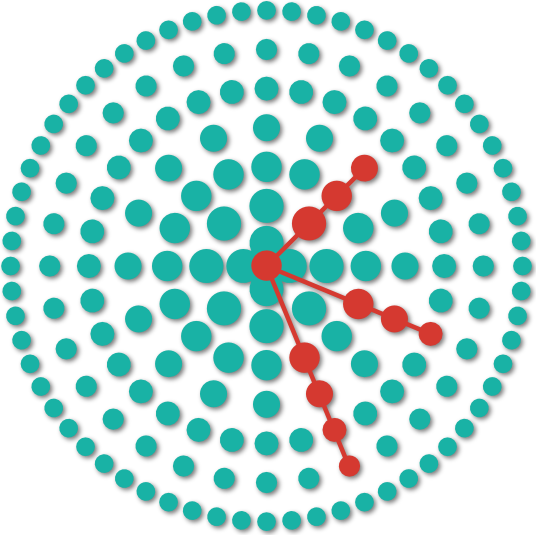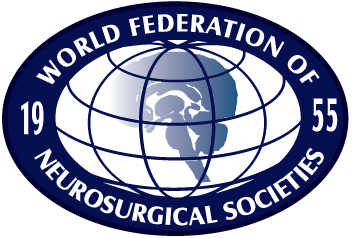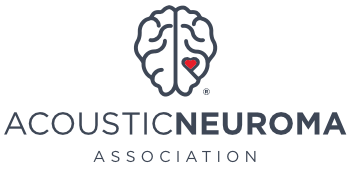Diagnosing Chordoma


Chordoma is a rare type of cancer that typically develops in the base of the skull or at the end of the spine. Chordomas can grow and spread to surrounding tissues. They are slow-growing tumors, but they can be difficult to treat because they often reappear after surgery.
How Do I Know If I Have Chordoma?
Depending on their location and size, chordomas can cause a variety of symptoms, such as:
- Persistent headaches
- Double vision
- Difficulty with balance or coordination
- Weakness or numbness in the arms or legs
- Pain or stiffness in the neck or back
- Difficulty swallowing
- Hoarseness or a change in the voice
- Loss of bladder or bowel control
If you have any of these symptoms, see a doctor for an evaluation. Your doctor will likely perform a physical examination and order imaging tests such as a magnetic resonance imaging (MRI) or computed tomography (CT) scan to help determine if a chordoma is present. These scans can confirm if an abnormal mass or growth is present within the body.
To obtain a definitive diagnosis, a biopsy of the mass is required. A biopsy is a procedure in which a small sample of tissue is removed from the tumor and examined under a microscope. A specialized physician called a pathologist will analyze the tissue's molecular features and provide a diagnosis.
These symptoms can be caused by other conditions, not just chordoma, so getting a proper diagnosis from a doctor is essential.
Sacral Chordoma
Sacral chordoma is a rare type of cancer that affects the sacrum, which is the triangular-shaped bone located at the lowermost part of the spine. Sacral chordomas usually cause symptoms such as low back pain that may radiate, or spread, to the legs, weakness in the legs causing difficulty walking, difficulties with bladder and bowel function, and sexual dysfunction.
Why should you have your surgery with Dr. Cohen?
Dr. Cohen
- 7,500+ specialized surgeries performed by your chosen surgeon
- More personalized care
- Extensive experience = higher success rate and quicker recovery times
Major Health Centers
- No control over choosing the surgeon caring for you
- One-size-fits-all care
- Less specialization
For more reasons, please click here.
Chordoma Metastasis
Chordoma is a slow-growing cancer, but it can spread (metastasize) to other parts of the body, most commonly the lungs. Metastasis occurs when cancer cells break away from the original tumor and travel through the bloodstream or lymphatic system to other parts of the body. In some cases, a chordoma may be found to have already metastasized at the time of diagnosis, or it can spread during treatment. Distant metastases are generally located in the lungs and bones, but other organs such as the liver and lymph nodes can also be affected.
Symptoms of metastasis depend on the location of the secondary tumor, but can include fatigue, weight loss, pain, and difficulty breathing. If chordoma metastasis is suspected, additional imaging tests such as a CT or MRI scan could be performed to confirm the diagnosis.
Treatment options for chordoma metastasis depend on the size and location of the tumor, as well as your overall health.
How Do You Detect Chordoma?
Chordomas are typically diagnosed using a combination of physical examination, imaging tests, and biopsy. Physical examination often includes an assessment of your neurological function (such as vision, balance, and coordination).
Radiography
Radiographs, commonly referred to as X-rays, can be used as a quick initial screening tool for detecting sacral chordoma, but they are not as sensitive or specific as MRI and CT scans for this purpose. X-rays may not show the extent of the lesion or whether the lesion has invaded surrounding structures. X-rays may also miss small tumors or tumors that are located deep within the bone.
CT
A Computed Tomography (CT) scan, also known as a CAT scan (Computerized Axial Tomography), is a medical imaging procedure that uses a series of X-rays and computer processing to create detailed cross-sectional images of the inside of the body. These images are commonly referred to as "slices" and provide a view of the body's internal structures, including bones, organs, blood vessels, and soft tissues. Compared to an MRI, CTs are quicker to obtain and are excellent at highlighting bony structures.
MRI
Magnetic Resonance Imaging (MRI) uses a large magnet, radio waves, and a computer to produce detailed images of the body’s internal structures and is the preferred imaging method for sacral chordoma. With MRI, a sacral chordoma will typically appear as a well-defined, lobulated (small, rounded bumps or lumps) mass with intense enhancement after contrast dye is injected into a vein. Unlike X-rays or CT scans, MRI does not involve ionizing radiation and is thus safer. However, MRI is more expensive and takes longer to obtain images.
Biopsy
If a chordoma is suspected, a biopsy may be performed to confirm the diagnosis and determine its degree of aggressiveness. This will involve taking a small piece of tumor tissue using long needle-like instruments and viewing it under a microscope. A special doctor called a pathologist may then perform additional molecular tests to make a specific diagnosis. This will be important for prognostication and to determine what treatment options are available.
Chordomas are extremely rare types of brain tumors and both diagnosis and treatment can feel like a challenging journey. Obtaining a second opinion can be helpful for confirmation and peace of mind, and to fully explore all treatment options. Additionally, reaching out to other patients with chordomas can help provide more resources and information about what to expect.
Key Takeaways
- Chordoma is a rare type of cancer that affects the bones of the skull base and spine.
- Symptoms may include headaches, vision problems, difficulty with balance and coordination, and pain or weakness in the affected area.
- Diagnostic tests such as X-rays, CT and MRI scans, and biopsy are used to confirm a diagnosis of chordoma.











